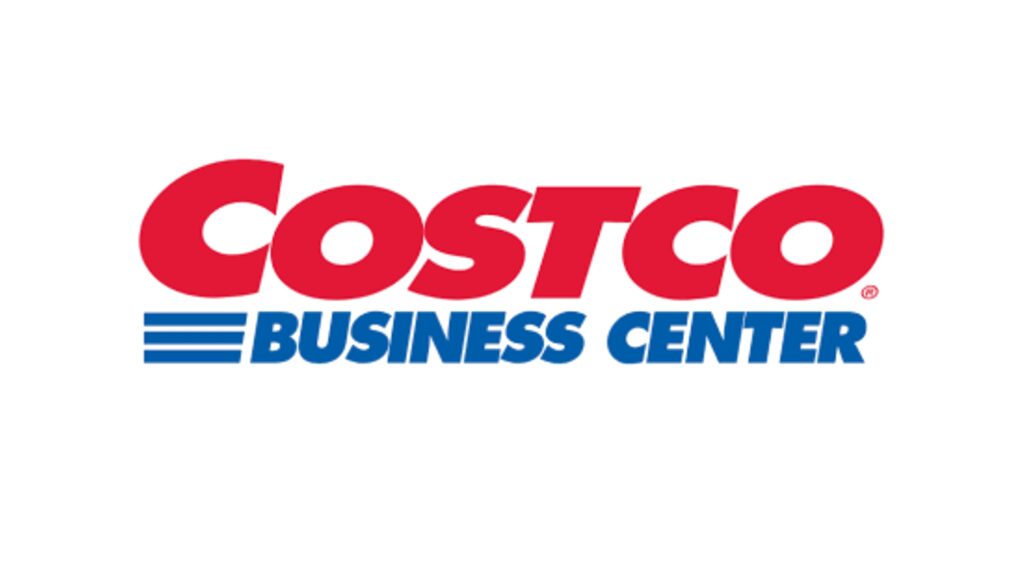Starting a business requires careful financial planning and record-keeping. One crucial aspect of managing the finances of a business is keeping track of cash transactions. This is where the cash journal entry comes into play. In this article, we will explore the importance of cash journal entry and provide a step-by-step guide on how to start a business with cash journal entry.
Importance of Started Business with Cash Journal Entry
Keeping track of cash inflows and outflows is essential for any business, regardless of its size or industry. Accurate cash journal entry provides a clear picture of the financial health of the business and helps in making informed decisions. It also ensures that the business is compliant with accounting standards and regulations.
Definition and Purpose of a Cash Journal
A cash journal, also known as a cash book, is a record of all cash transactions in a business. It serves as a subsidiary ledger to the general ledger, specifically tracking cash-related transactions. The purpose of a cash journal is to maintain an organized record of cash receipts and payments, which helps in monitoring cash flow and preparing financial statements.
Steps to Start a Business with Cash Journal Entry
Starting a business with a cash journal entry requires careful planning and execution. Here are the steps you need to follow:
Step 1: Set up a cash journal
The first step is to create a cash journal in a format that suits your business needs. You can create a physical journal in a ledger book or use accounting software to create a digital cash journal.
Step 2: Determine opening balances
Before you start recording transactions, you need to determine the opening balances of cash on hand and cash at the bank. This is the starting point for your cash journal.
Step 3: Record cash receipts
Record all cash receipts in the cash journal. This includes cash sales, customer payments, and any other cash inflows. Be sure to include details such as the date, description, and amount of each transaction.
Step 4: Record cash payments
Similarly, record all cash payments in the cash journal. This includes expenses, supplier payments, and any other cash outflows. Again, provide details of each transaction for accurate record-keeping.
Examples of Cash Journal Entry
Let’s consider a couple of examples to understand how cash journal entry works in practice:
Example 1: Recording a cash sale
Suppose your business makes a cash sale of a product worth $100. In the cash journal, you would record the transaction as follows:
- Date: [Date]
- Description: Cash sale of [Product]
- Amount: $100 (Debit Cash)
Example 2: Recording a cash purchase
Now, imagine your business makes a cash purchase of office supplies for $50. In the cash journal, the transaction would be recorded as:
- Date: [Date]
- Description: Cash purchase of office supplies
- Amount: $50 (Credit Cash)
Importance of Accurate Cash Journal Entry
Maintaining accurate cash journal entry ensures the reliability of financial information. It helps in tracking cash flow, identifying any discrepancies, and preparing accurate financial statements. It also facilitates effective budgeting and forecasting, enabling the business to make informed financial decisions.
Common Mistakes to Avoid
When it comes to cash journal entry, certain mistakes can lead to inaccuracies and financial mismanagement. Some common mistakes to avoid include:
- Failing to record small cash transactions
- Not reconciling the cash journal with the bank statement
- Mixing personal and business cash transactions
- Neglecting to record cash expenses promptly
Advantages of Using Software for Cash Journal Entry
Utilizing accounting software for cash journal entry offers several advantages:
- Automation: Software automates the recording and calculation of cash transactions, reducing manual effort and the chances of errors.
- Real-time updates: Software provides real-time updates on cash inflows and outflows, enabling timely decision-making.
- Reports and analysis: Software generates detailed reports and analysis of cash transactions, helping in financial analysis and planning.
Tips for Effective Cash Journal Entry
To ensure effective cash journal entry, consider the following tips:
- Tip 1: Keep a separate bank account: Maintain a separate bank account for business transactions to avoid mixing personal and business funds.
- Tip 2: Reconcile the cash journal regularly: Regularly reconcile the cash journal with bank statements to identify any discrepancies and ensure accuracy.
- Tip 3: Seek professional help if needed: If you are new to accounting or have a complex business structure, consider hiring a professional accountant to assist with cash journal entry.
Conclusion
Starting a business with cash journal entry is vital for accurate financial management. By following the steps outlined in this article, you can establish a robust cash journal entry system and ensure transparency in your business’s cash transactions. Remember to avoid common mistakes, utilize software if possible, and seek professional advice when needed.
FAQs
Q: What is the difference between a cash journal and a general ledger?
A: A cash journal specifically tracks cash transactions, while a general ledger records all types of financial transactions.
Q: Can I use Excel as a cash journal?
A: Yes, Excel can be used as a cash journal, but using accounting software offers more automation and functionality.
Q: How often should I reconcile the cash journal with the bank statement?
A: It is recommended to reconcile the cash journal with the bank statement at least monthly.
Q: What happens if I forget to record a cash transaction in the journal?
A: Forgetting to record a cash transaction can lead to inaccuracies in financial statements. It is important to promptly record all transactions.
Q: Is hiring a professional accountant necessary for small businesses?
A: While not mandatory, hiring a professional accountant can ensure accurate and compliant financial management for small businesses.
READ MORE ALSO
How to Start a Biryani Business
How to Start a Business in Dubai


